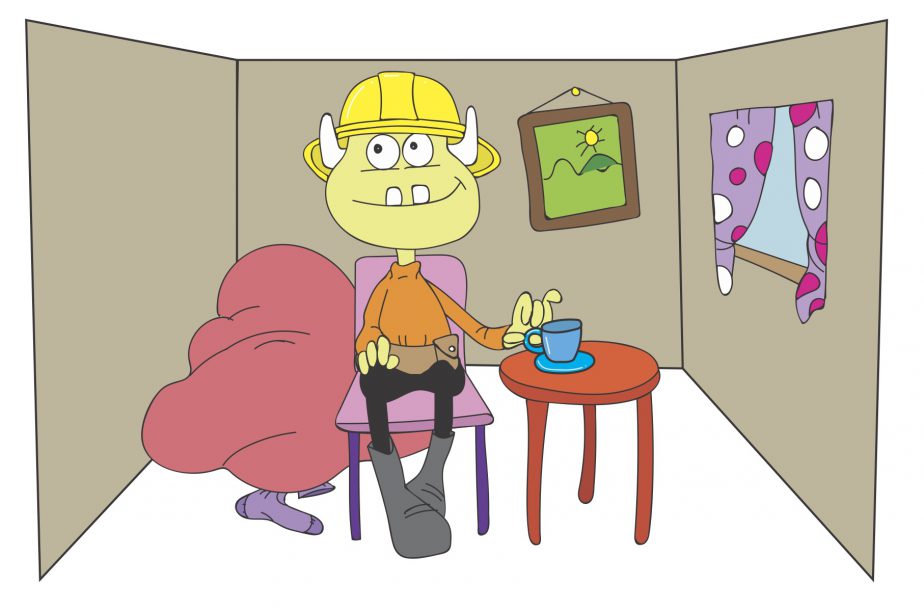Grouping and Seating Choices
2017 has arrived which heralds a new school year for schools in the southern hemisphere. For northern hemisphere teachers it ushers in the second half of the academic year.
We hope that teachers have had a rest in their long or short break while they prepare for what is possible in the new term while simultaneously figuring out how to balance possibilities with what is required of them re the curriculum.
These blog posts are about how teachers can use a constructivist approach to co-construct learning spaces with their students
- Maintain the hopes they hold as they approach their teaching work after a break
- Conserve the energy they have built up over the break
- Attend to the students who will be entering or re-entering their leaning communities
- Open opportunities for collaboration and choice for all those connected to the learning community.
- Be respectful of the political spaces learning occurs in by addressing the practical realities of setting up a learning environment.
In the past teachers have been invited to think about the learning environment as a ‘production space’, resulting in a factory-like approach to setting up the room with all decisions made before the students even entered the room. Decisions like who sits where, where the supplies will go, even what is on the walls or displays. This has left little or no room for collaborative negotiations or opportunities for students to help construct the space where they would be expected to be productive and feel welcome. A long way from where students would feel like vital participants, and at its worst strangers in a strange land.
What if teachers were invited to see the learning environment as a community space? A space for choice and opportunity and shared ownership… What might become possible for both teachers and student?
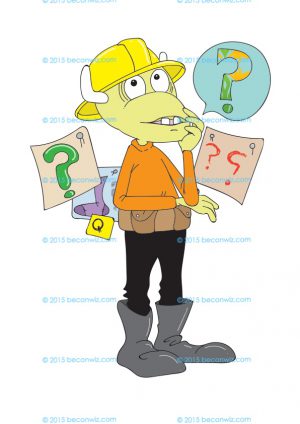
Illustrations and Ideas © 2016 BeConWiz.com
From the card set “What can inquiry look like?” This illustration is “Asking Questions”
Asking questions help people find out new information and check old ideas for misconceptions or new connections.
Some practical steps to achieving a collaborative, co-researched learning groupings might start by:
- Use sticky notes to make notes about the things you usually do to set up a classroom. (One idea or detail per note)
- Think carefully about the purpose of each of the ‘actions’ you have noted (e.g. Is it about expressing creativity? Is it about power and control? Is it about grouping and micromanagement? Is it about outside requirements etc.?)
Then ask yourself:
- What do these ‘actions’ make possible for the students?
- What does it limit for the students?
- What does it make possible for me the teacher?
- How might these ‘actions’ limit my teaching work?
- How might these choices impact on this learning community’s experience of feeling valued?
- How might these ‘actions’ provide an opportunity for the members to co-construct the learning environment?
- Do these ‘actions’ lead to a collaborative way of using the shared learning space, and might this contribute to more possibilities for myself as teacher and for the students?
Then make three headings:
- Non-negotiable (What are the requirements set down by the school for learning environments?)
- Co-construction opportunities available (Actions or choices that students could help with in setting up the learning environment)
- Organisation (Choices that affect flow of the space and community building opportunities
Then sort the notes you made originally under the three headings and reflect on
- Possibilities for change and opportunity
- Possibilities for trust and co-construction for the learners
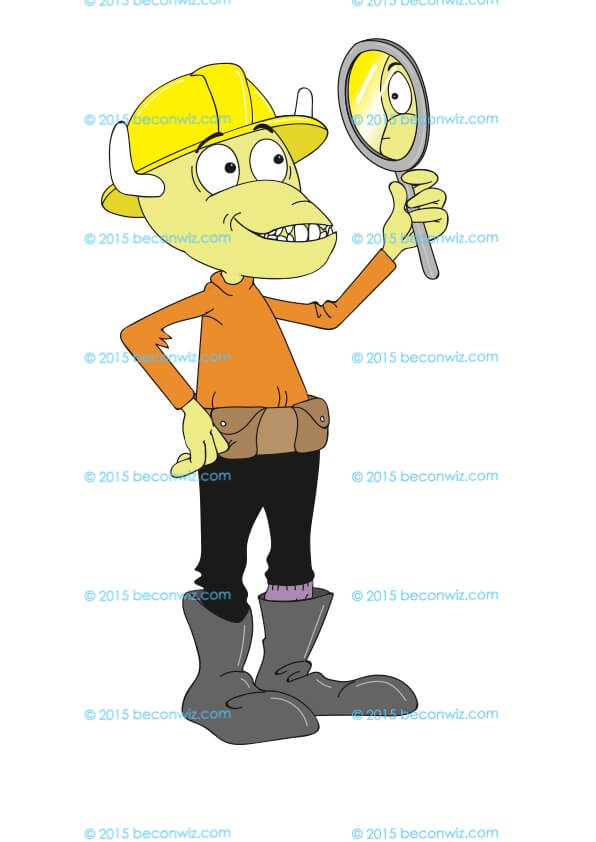
Illustrations and Ideas © 2016 BeConWiz.com
From the card set “What can inquiry look like?” This illustration is “Reflecting ”
New learning depends on looking back and revaluating and reflecting.
Here are some simple practical ideas for SEATING and GROUPING using the constructivist approach:
- Seating and grouping – Tempting as it is to group and seat students in ways that suit the teacher the following practices have proven to create a more collaborative approach. As part of the first day back activities, have the students reflect on what helps them learn? What kind of learner are they? What kind of learners do they work well with? When might these choices change?
- Learners are exploring their own learning identities and getting to know how other students learn. It can be a period of getting to know about self and others’ learning ways in a timely, significant, and relevant context. Learning identities are fluid and change according to different situations, learning requirements and how their identity is being formed and informed by this collaborative work. Some learning identities students might process through include being quiet, social, active, reflective, a sharer, curious etc.
- Develop an anchor chart with the students using the concepts FORM, CAUSATION and RESPONSIBILITY
- Ask the students to use their reflections to help develop some guidelines about seating choices. By spending time involving the students in this process, you are actually building in some ‘time credit’ in the future. (In other words while this initial task may take up a little more ‘in-class’ time initially, it will save you loads of in-class tome in the future- the investment is worth it) Spending time now making these ideas and choices visible will lead to students become more skilled at making good choices and they will feel empowered and valued to have their understandings listened to. This will result in a reduction of the need to micromanage over time and grouping and regrouping for classroom tasks will become more fluid.
I have done this with 4 year olds through to 45 year olds and the trust and value placed in the learner always yields good results for all in the learning community
- FORM: With the students, discuss what the seating and grouping choices could look like? (Will it always be at the desks? Do the desks need to be in rows or in groups? Can some desks be on their own for the quiet workers? Do people always need to sit at the same table? How can we use the ideas we have about ourselves as learners to form groups and seating choices?
- CAUSATION: Teachers and students reflect and discuss on what might happen as a result of the choices that are made. Consequences and cause effect relationships can be explored with out being punitive; constructive consequences will come from constructive choices.
- RESPONSIBILITY: Students and teachers explore and make visible who is responsible for what in the choice making process for grouping and seating opportunities. In this way ideas and agendas become visible and trust and a sense of safety have a climate to develop in.
The consequences of different choices is made news of and then students and teachers collaboratively use them to come up with a list of guidelines or an essential agreement that can be referred to and used when grouping and regrouping is required.
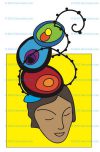

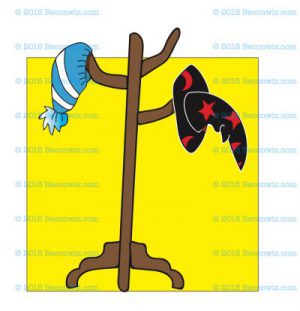
FORM: What is it like?
- What are the attributes or features of different learning groups?
- How could you group organise seating?
From the resource PYP Concept card pack © 2017 beconwiz.com.au
CAUSATION: Why is it like this?
- What are the consequences?
- Cause/Effect- What happened and why?
- What impact might this have on…?
From the resource PYP Concept card pack © 2017 beconwiz.com.au
RESPONSIBILITY: What is our responsibility?
- What choices can different people make?
- What actions could be taken with this knowledge of learners?
- Who has the power in these choices? What responsibilities come with this power?
From the resource PYP Concept card pack © 2017 beconwiz.com.au
How does this save time and energy for you the teacher?
- It means on your holidays you can curl up with your favourite book and read a little longer because you don’t have to decide on seating and groupings for the new class. This work can wait until school has started and the students will become active co-researchers in making the choices that will help them learn in different situations?
- It means you won’t have to come up with meaningless ‘getting to know you’ activities for the first days of school that will contribute little long-term effect or impact. Using the above seating and grouping process enables students to get to know both themselves and others in ways that are practical and useful. It is a process that values choice, voice and agency, while co-constructing expectations through a visible learning process
- It will save you energy because during this process of respectfully co-constructing a community of learners, the need to micromanage is greatly reduced as students feel like they are valued, their knowledges respected and they can have some say in how they can effect outcomes for themselves.
- This process does not work magically, just like teachers picking and determining the seating there will be a need for readjustments and revisiting the anchor chart, but in the long term it will require less energy than having to micromanage groups you chose but that don’t actually work for the students themselves
- You won’t have to make name labels and stick them down, giving you more time to chill out, watch a favourite movie, stay immersed in a good book or play another round of your favourite sport.
More to follow-stay tuned.
